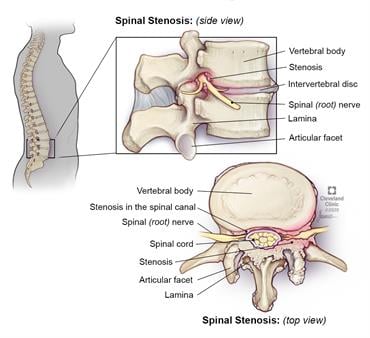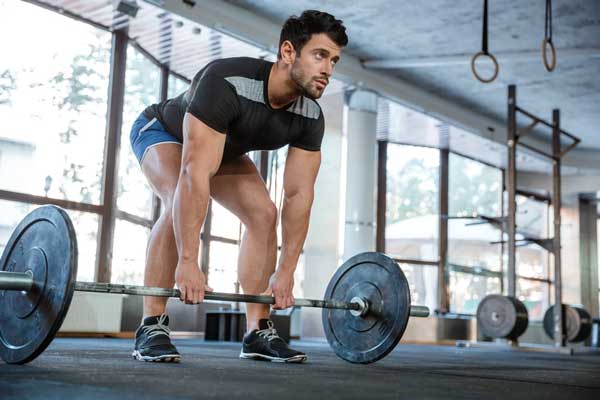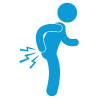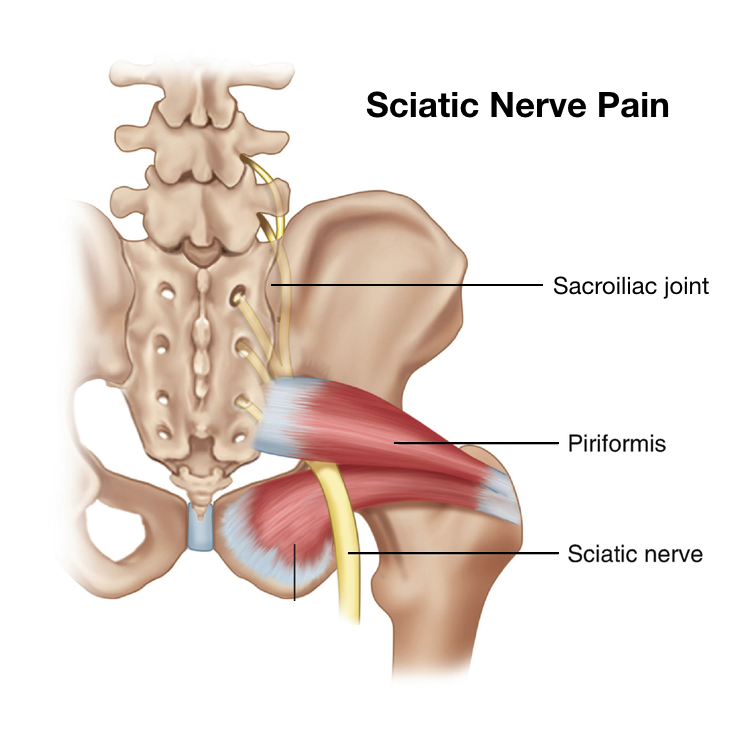Spinal Stenosis: What is it?
Spinal stenosis is a condition in the lumbar spine exemplified by a narrowing of space for the nerves in the back. The narrowing can happen in two main locations. For a more comprehensive list of other causes of low back pain, refer to our general low back pain blog.
The spinal column consists of 33 bones all stacked on top of each other with a large tunnel that the spinal cord and nerves run through called the spinal canal. Along the side of the spine and between each of these bones there exists smaller holes in which nerves leave the spine. These ‘breakout nerves’ provide feeling and movement to the body. Central spinal stenosis occurs when the spinal canal begins to narrow. When the small holes that house the breakout nerves begin to narrow, that is named lateral or ‘foraminal stenosis’.
What causes spinal stenosis?
There are a handful of different reasons or causes for the narrowing of these spaces. There can be some excess growth of bone into the space, aka bone spurs, flattening of the discs leading to a smaller hole, disc bulges, or other various arthritic and degenerative conditions leading to decreased mobility of the spine. There are numerous other conditions or postures that we can put ourselves in that lead to a reduction in space and movement of those nerves.
Spinal stenosis symptoms
Typical symptoms of central spine stenosis are burning pain in the calves and lower legs when walking, a dull ache in the back, and occasional numbness and tingling in both legs. Symptoms of lateral stenosis tend to be more isolated to one side of the body including pain in both the back and leg, numbness, tingling, and even weakness. In the case of central stenosis symptoms feel widespread throughout the legs and back, lateral stenosis tends to be more isolated to one side of the body.
Treatment for spinal stenosis
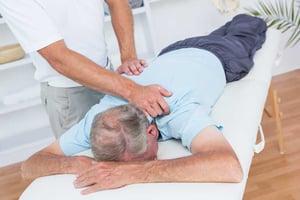
Absolutely. The name of the game is movement and creating space for the nerves of the spine. Physical therapy and active treatment is the first line of defense here. Utilizing manual therapy, traction, exercise, and education, the goal is to improve the mobility of the lumbar spine allowing the nerves the space they need to be healthy. Additional evaluation of any contributing factors you may have can be very helpful as well. Those factors include but aren’t limited to restrictions in hip mobility, lack of core stability, or altered body mechanics, aka how you move throughout the day. Any factors that contribute to excessive stress and strain on the spine can be alleviated to minimize the pain and dysfunction. This doesn’t just have to be a “management” situation, just because you have an imaging confirmed stenosis. With the right care you can still thrive and live your life the way you want to.
Physical therapy for spinal stenosis in Columbia and Baltimore, Maryland
Spinal stenosis can be debilitating and decrease your quality of life. Physical therapy can help you improve spinal stenosis related symptoms! If you have spinal stenosis and want to improve your quality of life, reach out to our office today!

